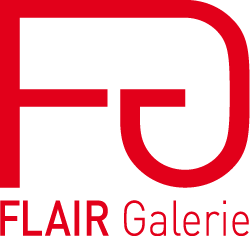Return to Eden
Drawings, embrodery and ceramics by Salvatore Puglia
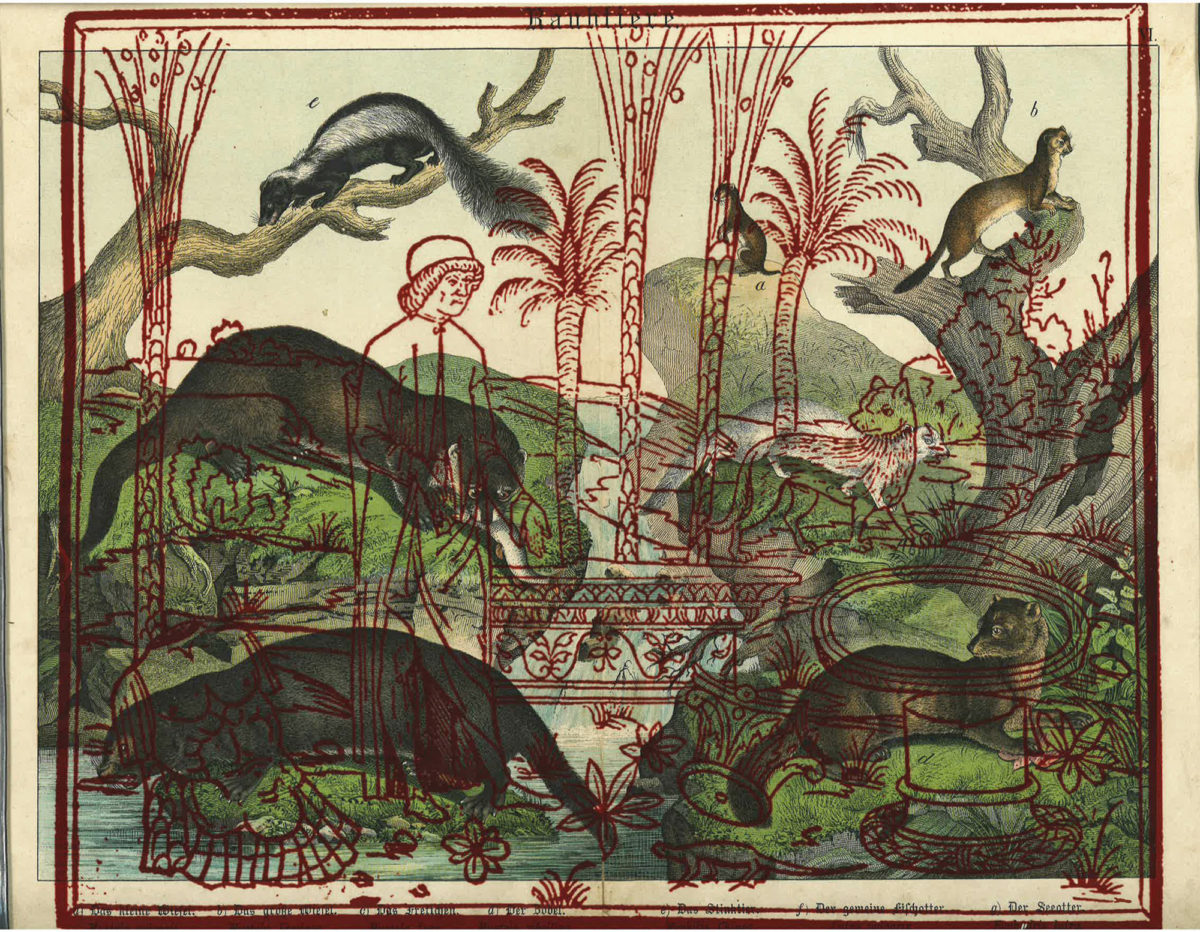
Raubtiere 01. 2018
by Salvatore Puglia
zoological print, digital print on glass
31 x 40 cm
© Salvatore Puglia
Salvatore Puglia’s baroque compositions are an admixture of photographs, drawings, embroidery and illuminated manuscripts. Incorporating ceramics he stages a curious menagerie: aligning species domesticated with wild, both long extinct and familiar, be they indexed or imaginary. A plurality of fauna refer to the forest primeval, prehistoric caves, and mythology. The codex of creatures classified in the Middle Ages, Buffon’s anatomical diagrams, myriad legends, fairy tales, and other literary gems are a fantastic voyage back in time…
Salvatore Puglia treats diverse iconographic sources as geological strata, superimposing digital reproduction, free-hand drawings, and needlework via transparencies. These assemblages are pieces inspired by personal memories of walks in the woods, archaeological sites discovered in decay, taxonomy tables and treasured tales… Traveling through layers of human memory, he underlines the tie that binds us to animals since the beginning of time and invites us to be mindful of this fragile lifeline to our existence on Earth.
The four series presented by FLAIR Galerie (following a show in 2015 under the title “Eden,”) capture the poetic and philosophic importance of Puglia’s range and his universe’s rich plasticity. A student of history, Salvatore Puglia remains fascinated by ancient parchments and other archival indicators of social, political and economic policies. Here Puglia reproduces, among other things, land registries as symbolic of man’s territorial tenacity, restricting terrain once naturally granted to animals as well as aliens. In the same way, Salvatore inscribes the hierarchy, endowing exotic and ferocious powers, only to then oppose them more humbly, and with a clumsy stroke here or spare stitches there, we get to see the silhouettes of some that supported our survival. He also draws, superimposed scenes taken from texts describing a terrestrial paradise where man and beast live in harmony, derived from Dante’s Divine Comedy or Francesco Colonna’s Dream of Poliphilus, one of the most beautifully illustrated novels of the 15th century.
The ceramic plates and tiles are peculiar to the Amalfi coast and typical of a village called Vietri prominent for its colourful cottage pottery. Naïve animal illustrations refer directly to known Etruscan drawings. Above all, Salvatore Puglia enjoys discovering abandoned archaeological digs to photograph in Italy, the country where he was born. Puglia explains: “I am fascinated by places that show signs of civilization returning to wilderness.” Inauspicious? Suspiciously so…
Elisabeth Couturier, 2018
Translated by Ilsa Carter and Pierre Guglielmina
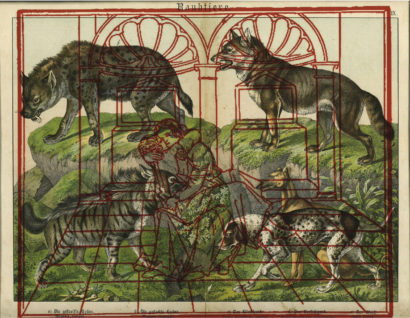
zoological print, digital print on glass, 31 x 40 cm © Salvatore Puglia
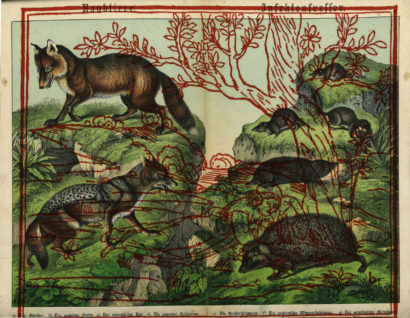
zoological print, digital print on glass, 31 x 40 cm © Salvatore Puglia
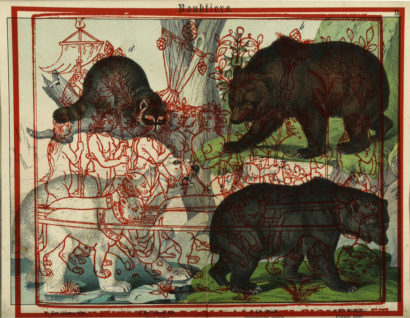
zoological print, digital print on glass, 31 x 40 cm © Salvatore Puglia

zoological print, digital print on glass, 31 x 40 cm © Salvatore Puglia
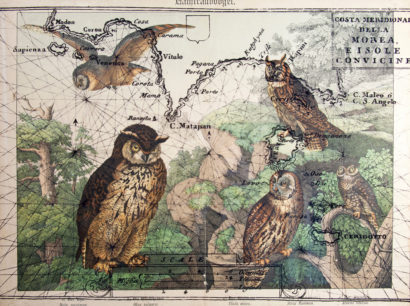
zoological print, digital print on glass, 32,5 x 42 cm © Salvatore Puglia
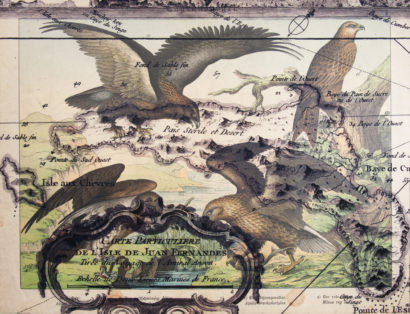
zoological print, digital print on glass, 32,5 x 42 cm © Salvatore Puglia
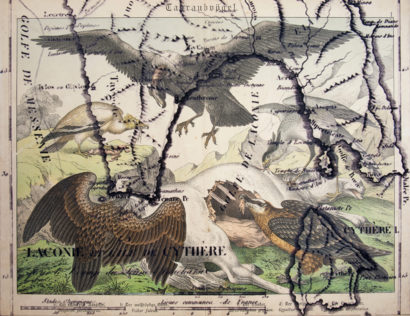
zoological print, digital print on glass, 32,5 x 42 cm © Salvatore Puglia

zoological print, digital print on glass, 32,5 x 42 cm © Salvatore Puglia
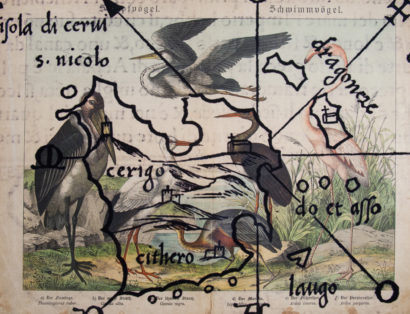
zoological print, digital print on glass, 32,5 x 42 cm © Salvatore Puglia
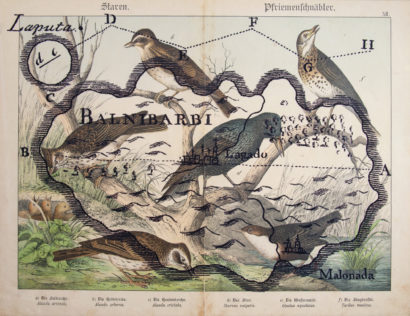
zoological print, digital print on glass, 32,5 x 42 cm © Salvatore Puglia
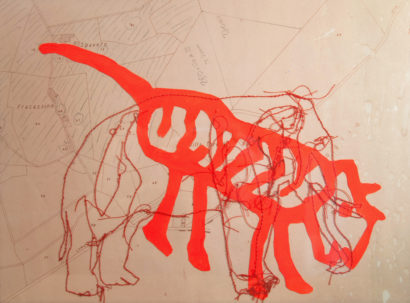
Cadastral plan, embroidery on PVC, fluorescent acrylic paint, 30 x 40 cm © Salvatore Puglia
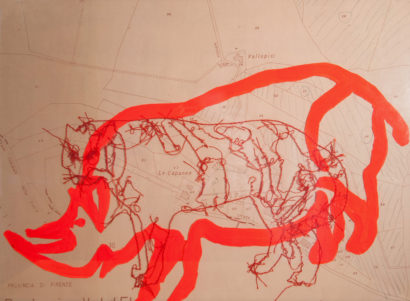
Cadastral plan, embroidery on PVC, fluorescent acrylic paint, 30 x 40 cm © Salvatore Puglia
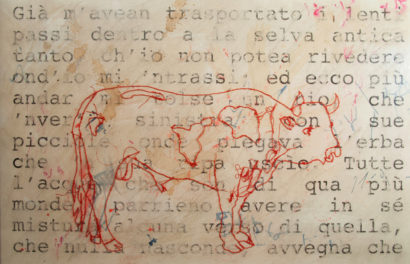
Extracts from "the Purgatory" by Dante, embroidery on PVC, 40 x 60 cm © Salvatore Puglia
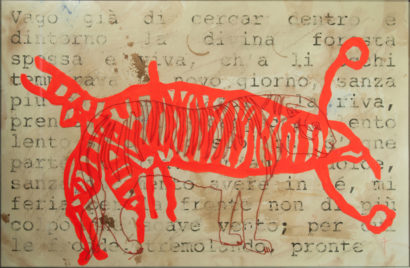
Extract from "the Purgatory" by Dante, embroidery on PVC, fluorescent acrylic paint, 40 x 60 cm © Salvatore Puglia
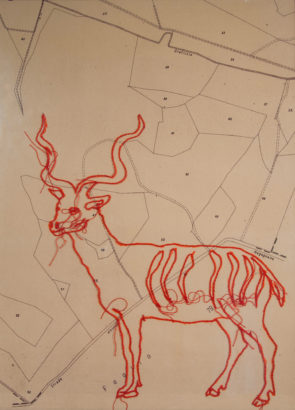
Cadastral plan, embroidery on PVC, 40 x 30 cm © Salvatore Puglia
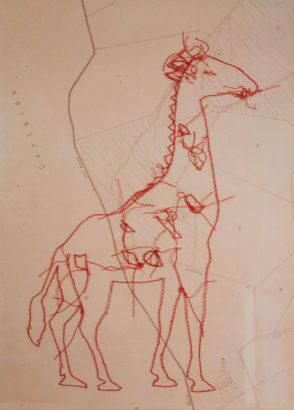
cadastral plan, embroidery on PVC, 40 x 30 cm © Salvatore Puglia
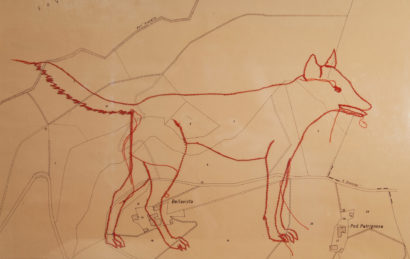
Cadastral plan, Embroidery on PVC, 32 x 50 cm © Salvatore Puglia
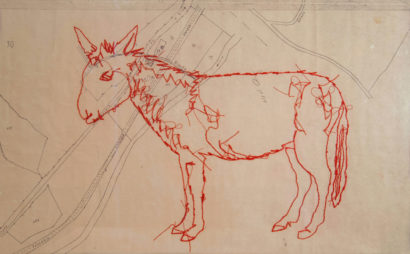
Cadastral plan, Embroidery on PVC, 32 x 50 cm © Salvatore Puglia
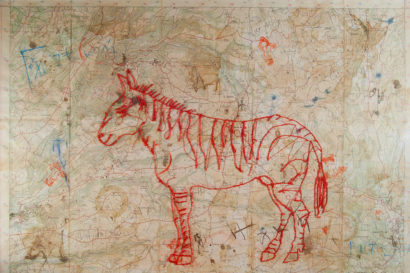
Hiking map, embroidery on PVC, 40 x 60 cm © Salvatore Puglia
